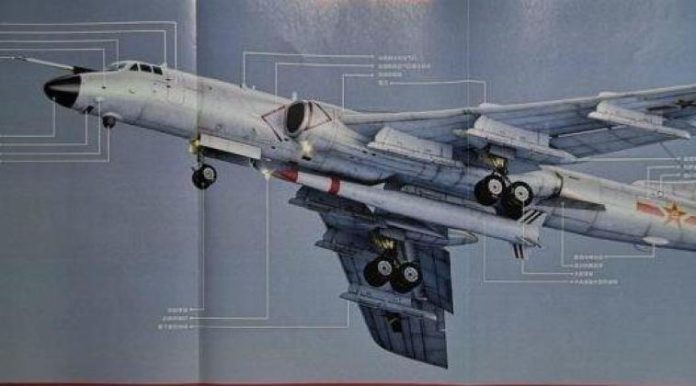Unprecedented Air Activity
On July 24, the North American Aerospace Defense Command (NORAD) reported an unprecedented event: Chinese People’s Liberation Army Air Force H-6 strategic bombers, coordinated with Russian Aerospace Forces aircraft, entered Alaska’s Air Defense Identification Zone (ADIZ) for the first time. This significant event was captured in photos and videos that quickly spread online. The U.S. and Canadian Air Forces responded by deploying F-16, F/A-18 Hornet, and F-35A fighters to intercept the formation of four bombers.
Global Implications
This incident, officially confirmed by the involved parties, has drawn significant attention from experts and analysts, primarily due to China’s involvement. While joint air and naval patrols by Chinese and Russian forces are not new, this marks the first appearance of H-6 bombers in Alaska’s ADIZ, an area typically patrolled by combat aircraft from Russia, the U.S., and Canada.
Historical Context
Previously, combined patrols involving Russian and Chinese forces occurred in the East China Sea, featuring formations of H-6 and Tu-95MS bombers, escorted by Su-35S and Su-30SM fighters. These operations were primarily focused on reconnaissance and patrol flights in the Western Pacific. However, the presence of these aircraft in Alaska’s ADIZ underscores China’s growing interest in the Arctic region, which is becoming increasingly strategic due to climate change and the opening of new maritime routes.
Key Questions and Concerns
The incident raises critical questions, such as the specific type of H-6 bomber used and whether these bombers departed from bases in Russia. Confirming the latter would highlight the deepening military cooperation between China and Russia, indicating enhanced interoperability and joint response capabilities against regional rivals like the United States.
The Xian H-6 bombers, particularly the H-6K variant, are being revitalized within the People’s Liberation Army Air Force. These aircraft are now capable of launching cruise missiles and potentially new hypersonic missiles, such as the 2PZD-21 (KD-21) ALBM. The possible use of Russian bases for these operations suggests China’s increasing focus on strategic aviation in regions vital for future geopolitical dynamics.
U.S. Military Response and Concerns
U.S. Northern Command and NORAD officials have previously expressed concerns about China’s growing military capabilities. In February, USAF General Gregory Guillot noted the likelihood of Chinese aircraft approaching U.S. ADIZs, citing worries over China’s expanding reach with aircraft, ships, and submarines. Last year, Chinese and Russian naval vessels were detected near the Aleutian Islands, prompting the U.S. Navy and Coast Guard to monitor the situation.
Future Geopolitical Dynamics
As the global rivalry between the United States and China intensifies, new areas, including the Arctic, are becoming potential hotspots. The changing climate and emerging trade routes in this region may lead to increased geopolitical competition between these two major powers, shaping future international relations and security concerns.











